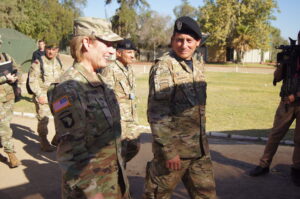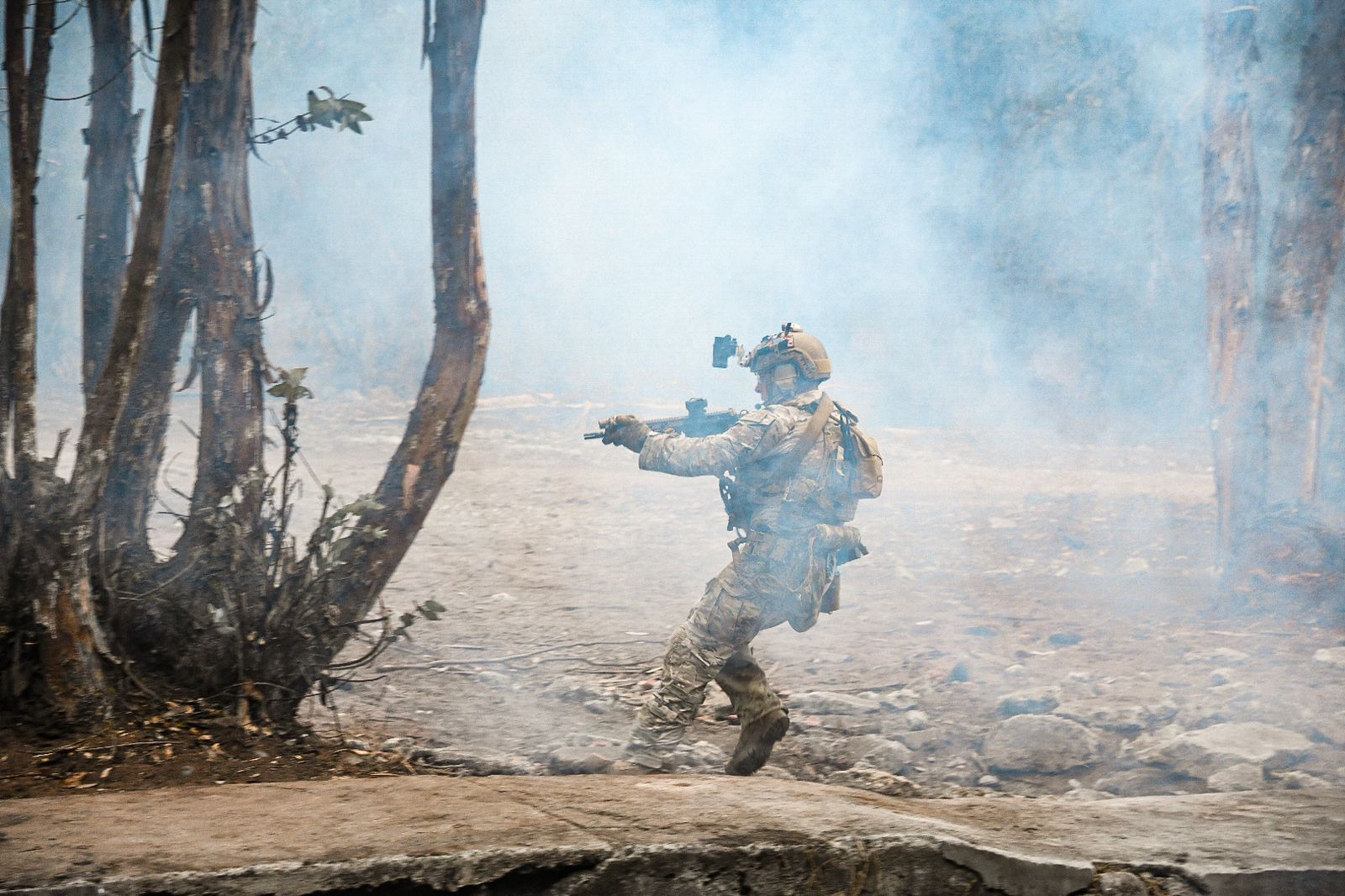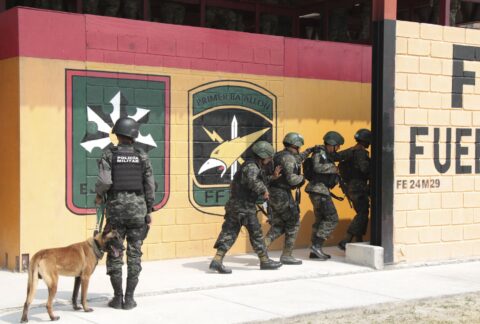Special Operations Command South (SOCSOUTH), a component of U.S. Southern Command (SOUTHCOM), together with the Chilean Armed Forces, conducted exercise Fused Response in the Valparaíso and Santiago Metropolitan regions of Chile.
“With this exercise, the goal is to work together to strengthen us and also to increase interoperability,” said U.S. Army General Laura J. Richardson, SOUTHCOM commander, during her mid-April visit to Chile to meet with leaders and see U.S. and Chilean forces take part in the exercise, the Chilean Army reported. “It’s very important that we communicate, that we work so closely that we can finish each other’s sentences. That’s how close we want to understand each other.”
“This exercise can be seen from three aspects,” Guillermo Holzmann, a defense analyst and academic at the University of Valparaiso, Chile, told Diálogo on May 25. “First, from access to command and communications protocols for the planning and deployment of forces [optimizing] resources; second, from the care of specialized human resources and their permanent training in communications systems, weapons, and the coordination capability in tactical and strategic commands; and third, from coordination and training in international security concepts under the umbrella of the United Nations and the interests of each state.”
Fused Response, which this year was held April 17-26, is an ongoing, annual effort to improve readiness and interoperability between SOUTHCOM components and various partner agencies and countries to respond effectively and rapidly to regional security challenges. In its last iteration in Chile, various skills and abilities were put to the test in key areas such as strategic planning, logistics, communication, and decision-making in highly demanding situations in the face of asymmetric threats.

The exercise was carried out at the invitation of Chile through its Joint Chiefs of Staff. The Chilean Army’s Special Operations Command (COPE) coordinated the execution of the exercise, from the arrival of foreign military personnel to the deployment of motorized and aerial means, the Chilean Army said in a statement.
In addition to COPE, the Chilean Navy’s Naval Aviation and Boarding and Search Group, an elite group that includes the Special Forces Command and the Immediate Response Group, participated. For the Chilean Air Force, aviation commandos from the Anti-Aircraft Artillery Regiment, Special Forces from the Quintero Tactical School, and Aviation Group No. 9 of the 2nd Air Brigade participated, both forces said via Facebook.
The command posts for the exercise were located on the grounds of Special Operations Brigade Lautaro, which belongs to COPE, in Colina, Santiago Metropolitan Region, where, participating troops monitored and controlled the development of the exercise. There, Gen. Richardson met with General Javier Iturriaga, commander in chief of the Chilean Army, to tour the command posts.
“That SOUTHCOM decided to conduct the exercise in Chile is due to the characteristics it sees of our country: We are a partner nation with a strategic impact,” Chilean Army Lieutenant Colonel Davor Versalovic, head of COPE’s Plans Division and liaison officer for the exercise, said. “The United States relies on the professionalism of our Armed Forces and our Special Forces.”
Part of the exercise consisted of a national emergency simulation. Participating forces faced complex challenges and threats such as natural disasters, civil unrest, and humanitarian crisis situations.
This fictitious environment allowed them to practice their skills and knowledge in a realistic and challenging context, which included activities and maneuvers such as field operations, rapid response exercises, rescue and evacuation drills, and humanitarian support missions.
In addition, communication and coordination exercises were conducted between the different levels of command, highlighting the importance of synergy and collaboration between participants.
“Fused Response is not only important, it’s critical to being able to maintain operational capabilities at a level of excellence,” said Holzmann. “U.S. interests coincide with those of Chile in terms of oceanic projection, land projection, securing sovereignty and supporting the operational continuity of the state.”
“By conducting this exercise in Chile, the U.S. better integrates Chilean troops in various levels,” Lt. Col. Versalovic concluded. “This type of exercise positions us as a reference point with respect to other countries in the region.”









